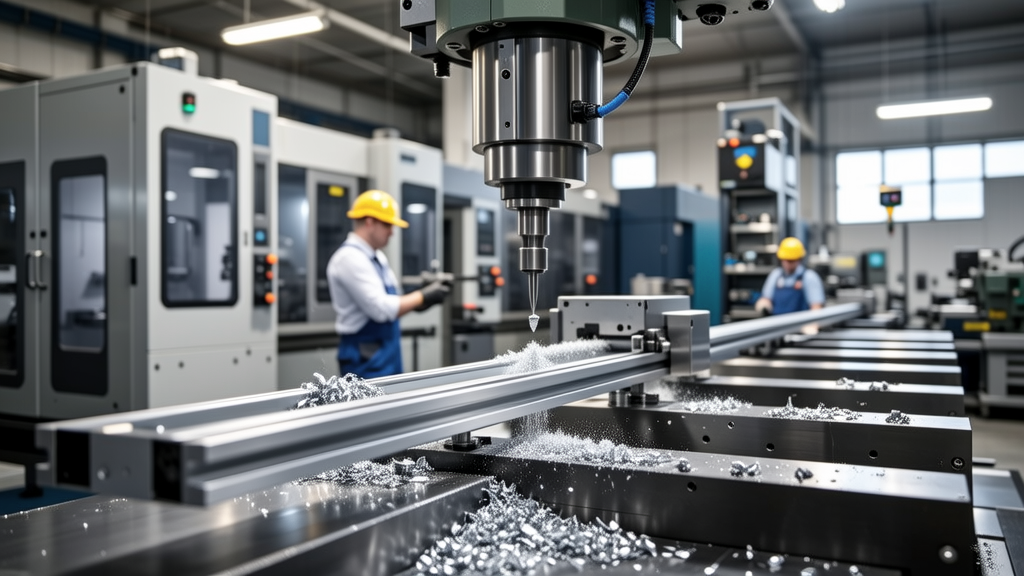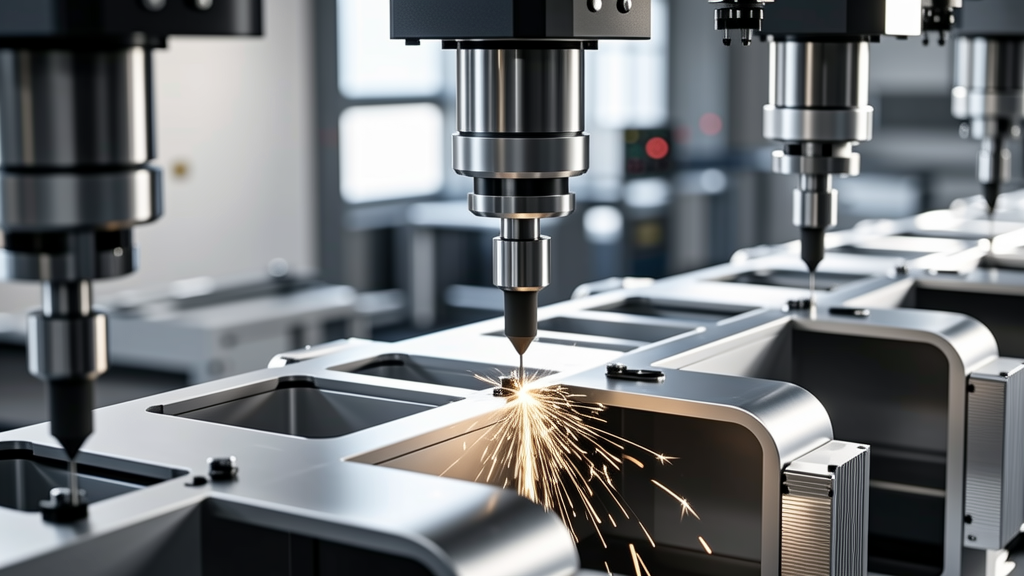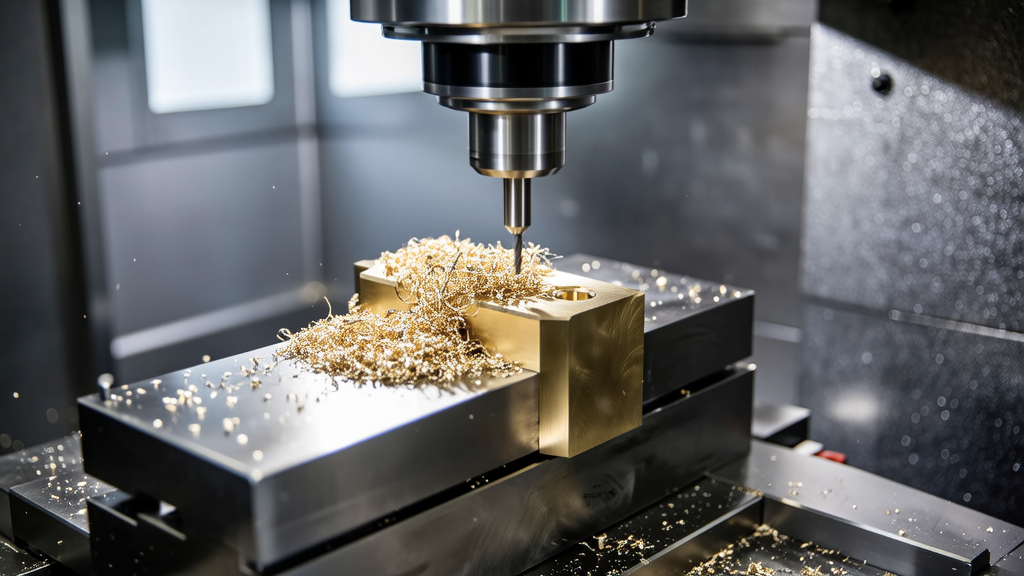Have you ever thought about how CNC machining can vary dramatically, not just from one country to another but even within the same country? As someone who works closely with CNC machining at ly-machining, I can tell you that the techniques used for aluminum enclosures indeed vary significantly across different regions in China. Let’s dive into why that is and how it could impact your projects.
Regional Differences in Machining Techniques
Different regions in China have developed their own unique CNC machining practices, largely influenced by local resources, equipment availability, and the types of industries prevalent in that area. For example, in cities like Shenzhen, which is a hub for advanced manufacturing and electronics, you’ll find cutting-edge technology and high precision. I once collaborated with a client who needed specialized aluminum enclosures for a tech startup in Shenzhen. Thanks to their access to state-of-the-art CNC machines, we achieved precise dimensions and high-quality finishes that boosted their product’s appeal.
On the other hand, if you look at more rural areas or smaller cities, the technology and techniques may not be as advanced. A friend of mine sourced aluminum enclosures from a less-known manufacturer outside of Guangzhou, and he noticed that while the costs were lower, the quality and precision didn’t quite match the standards he received from manufacturers in more developed areas. This shows how local expertise and available technology can significantly influence the end product.
The Impact of Local Expertise
Expertise is another crucial factor in these regional variations. In areas with established manufacturing sectors—like Jiangsu and Guangdong—workers often have years, if not decades, of experience specializing in CNC machining. This experience leads to a higher quality of work. Conversely, in regions where CNC machining is relatively new, you might find that the labor force is still catching up on best practices and advanced techniques.
I remember a project where we partnered with a supplier in Chengdu who was still learning the intricacies of CNC machining. While they were eager to improve, the lack of experience led to numerous prototypes failing to meet specifications. It took a lot of time before they could align with the quality standards required.
Cost vs. Quality Trade-off
Let’s not forget the cost implications when choosing a manufacturer based on location. In high-tech areas, the cost of machining services can be significantly higher, but that often correlates with higher quality. On the flip side, choosing a manufacturer from a less developed region may offer cost benefits, but the trade-off is sometimes poor quality or additional revisions needed.

Here’s a quick summary table to illustrate how various regions stack up in terms of technology, expertise, and cost:
| Region | Technology Level | Worker Expertise | Cost | Quality |
|---|---|---|---|---|
| Shenzhen | High | Very High | High | Excellent |
| Chengdu | Medium | Medium | Low | Variable |
| Guangdong | High | High | Medium | Good |
I advise you to carefully evaluate where you source your aluminum enclosures. The machining techniques used and the local expertise will greatly impact the quality you receive. If you’re working on a critical project, it might be worth investing in a manufacturer from a more technologically advanced and experienced area, despite the higher costs.
For anyone contemplating sourcing CNC machined aluminum enclosures from China, do your homework. Look into regional differences, assess specific supplier capabilities, and weigh quality against cost. The investment in time to find the right partner can save a lot of headaches later on. If you’ve tried some of these approaches or have questions, feel free to share your experience!
What are the main regional differences in CNC machining techniques for aluminum enclosures in China?
Different regions in China apply various CNC machining techniques based on local resources and industry demands. For instance, major manufacturing hubs like Shenzhen leverage advanced technology, resulting in high precision and quality.
On the other hand, smaller cities might not have the same level of resources or experience, which can lead to variability in machining quality and techniques used. Each area has tailored its methods according to specific market needs, creating this diverse landscape.

How does local expertise affect CNC machining quality?
Local expertise plays a crucial role in the quality of CNC machining. Areas with established manufacturing sectors, like Jiangsu and Guangdong, often have skilled workers with years of hands-on experience, which directly contributes to superior quality.
In contrast, regions that are newer to CNC machining may have a workforce still becoming familiar with best practices, leading to inconsistencies. I’ve seen firsthand how expertise can make or break a project.
Is there a trade-off between cost and quality in CNC machining for aluminum enclosures?
Absolutely! In regions with high-tech capabilities, like Shenzhen, you usually get higher quality, but at a steeper price. This means you’re investing in precision and advanced techniques.
On the flip side, areas with lower costs often sacrifice some quality. If you’re on a budget, you might consider these suppliers, but you should be prepared for potential additional costs later if the products don’t meet your standards.
What should I consider when choosing a CNC machining supplier in China?
When selecting a supplier, evaluate both their technology and expertise. Look at their previous work and ask for samples if possible. Each region may have its strengths, so it’s vital to align your project needs with what the supplier specializes in.
You might also want to consider the supplier’s ability to scale and handle revisions. This can save a lot of time and frustration down the line, especially if you’re working on complex projects.
Are there specific regions in China that are better for sourcing aluminum enclosures?
Generally, regions like Shenzhen and Guangdong are known for their advanced technology and higher quality products. They are well-equipped and have experienced labor pools that cater to demanding specifications.
However, if budget is your primary concern, you might find cost-effective options in less developed areas, though you’ll need to weigh the potential risks in quality and timely delivery.








